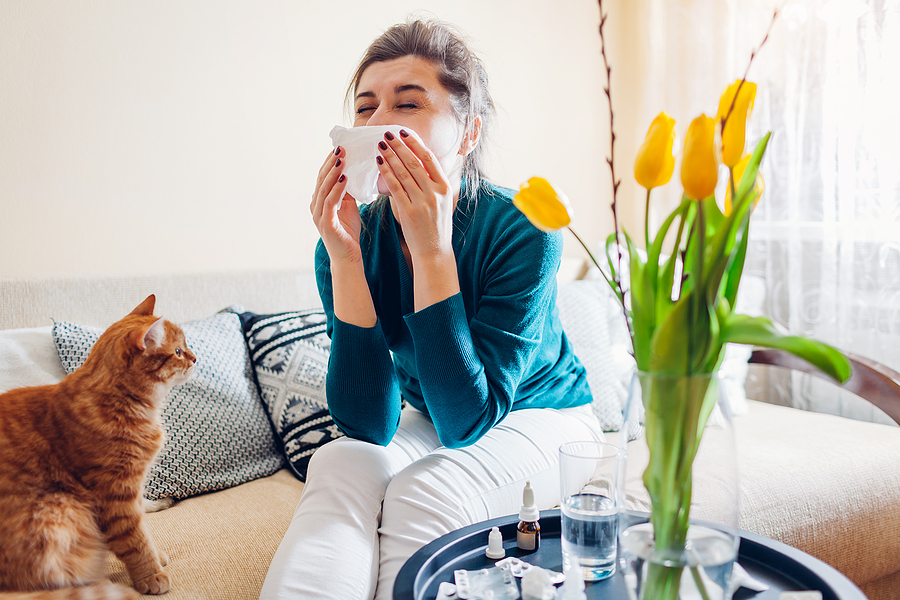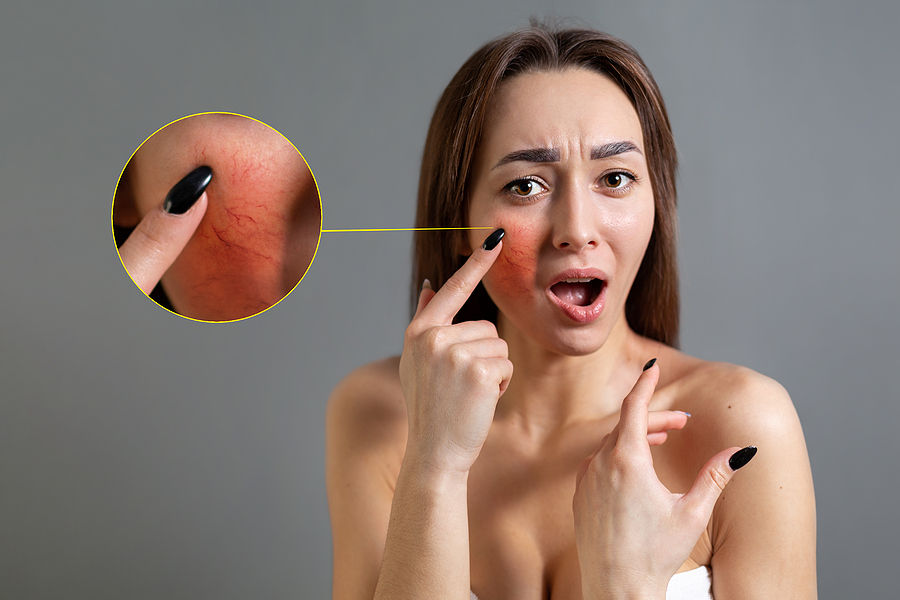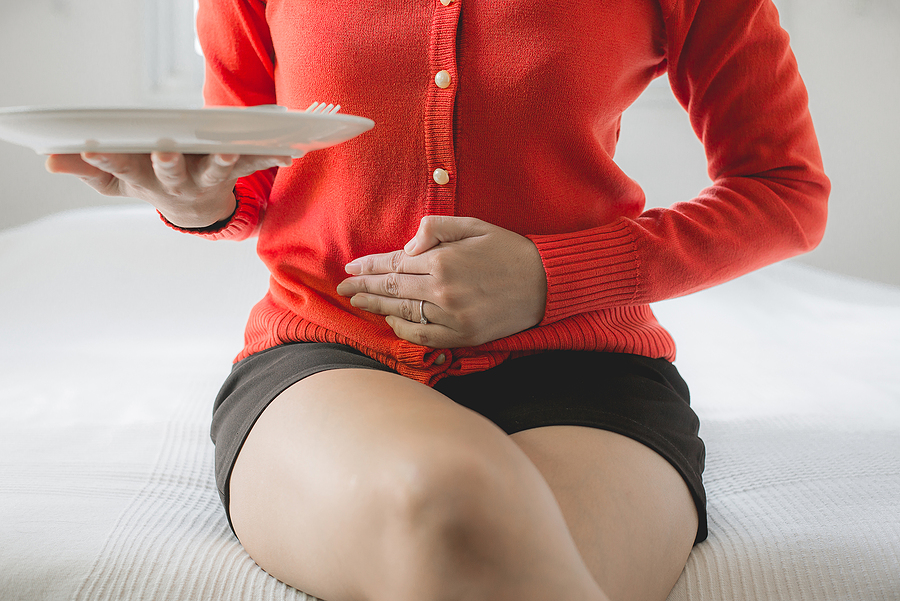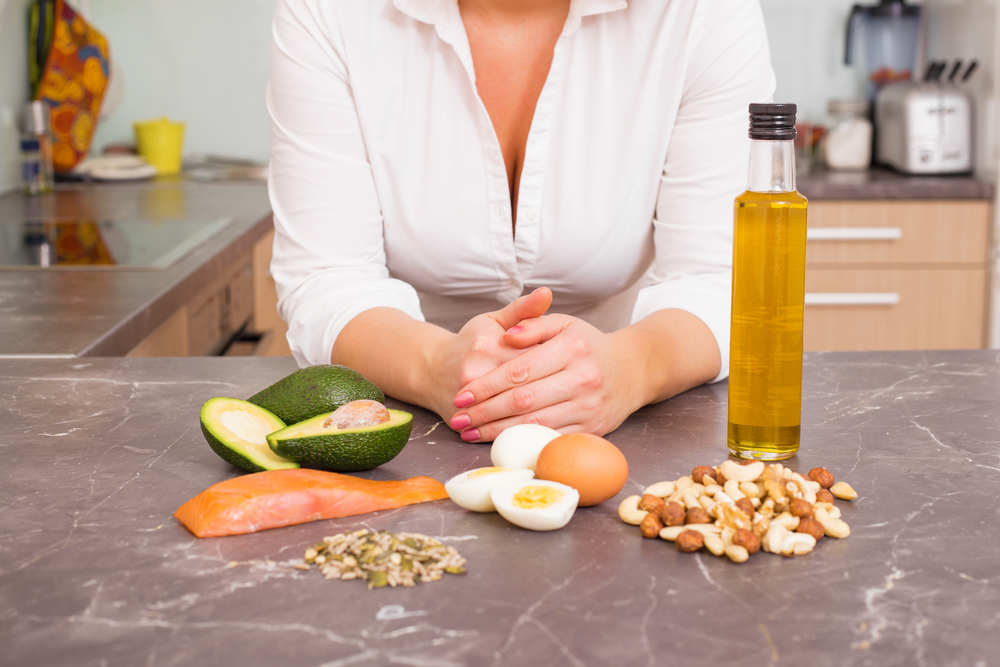As a culture, we’ve been conditioned to accept that joint pain and arthritis are natural signs of aging and are to be expected. Many women I talk with accept this and over time when their pain intensifies, they reach for ibuprofen or acetaminophen to help with pain. Many times I’ll see patients who will grow teary when talking about the activities they have stopped – like playing with their grandchildren, dancing, and sometimes even exercise.
Many things can lead to chronic joint pain – we have to remember that pain is your bodies’ way of sending a message – in this case the message is that it needs help. Taking away the pain with a pill is part of a solution, but to really help your body, you’ve got to get to the root cause of the pain.
There are many types of joints in the human body – fixed, hinge, ball and socket and pivot. A joint is how the bones are connected to each other by ligaments. Muscles are attached to those same bones by tendons – and both the ligaments and tendons are surrounded by protective sheaths. Surrounding each joint is a fluid filled protective pocket known as bursae and within the joint the bones have a protective lining made up of cartilage which help the bones move over each other easily. If any part of the joint is compromised – through trauma, injury or inflammation, you will experience pain.
There are many reasons joint pain can flare up seemingly suddenly. Many people look at arthritis as being a culprit. Its estimate that one in five Americans has been diagnosed with a form of arthritis, and there are over a hundred different arthritic conditions, the most common are osteoarthritis and rheumatoid arthritis.
Osteoarthritis worsens as the day wears on. This type of arthritis can be traced to a breakdown in your joint cartilage, and it’s linked with inflammation. Hips, knees, spine, hands and feet are most commonly affected.
Rheumatoid arthritis is a known autoimmune disease which causes inflammation in the fluid of the joint. It’s different from other forms of arthritis and presents with some identifying features:
- A hot or warm feeling in the joint
- Pain lasting through the night
- The same joint is affected on both sides of the body
- Stiffness that lasts for over 30 minutes upon waking
Many forms of joint pain involve inflammation – sometimes it’s local and other times it can be systemic. With joints, pain can come from overuse, or injury. If your body is working well, the inflammation will do it’s job to heal – and then will pass quickly. If inflammation persists and moves into a chronic state, there’s investigation to do!
Testing is now readily available for inflammatory markers such a C-reactive protein (CRP) to determine if patients are likely to develop inflammatory conditions. Trace amounts of CRP are present in a healthy body, but we can expect to see an increase in CRP with acute infection or injury. When elevated CRP levels exist for prolonged period of time, it’s a good indication that inflammation is present.
Treating elevated inflammation levels is something I’ve helped women with for many years. I recommend dietary changes and nutritional supplements and find that this combination works not only to alleviate pain, but to lower CRP levels.
I see many women who notice joint pain for the first time during perimenopause. Although the relationship between our joints and estrogen is not fully understood, it’s known that estrogen has an anti-inflammatory effect in our bodies. It makes sense then that during perimenopause, when estrogen levels start decreasing, women could feel the effects in their joints. Any imbalance that estrogen has been helping to calm may start rising to the surface.
Many patients report a decrease in joint pain when their hormones return to balance – for others, it’s just once part of the cause of their joint pain. Its quite common for foods to be a factor in inflammation – and the impact on joint pain.
Though many women think of food simply in regard to what registers on the scale, food can be the most effective, cheapest and safest medicine for restoring health. Eating foods which contain nutrients that will not ignite inflammation and which calm inflammation can help with joint pain and so much more! Foods that are rich in omega-3 fatty acids are a wonderful example.
I have noticed a pattern that many women who suffer from joint pain also have digestive issues. Ongoing digestive imbalances in the GI system (such as leaky gut, dysbiosis and inflammatory bowel disease) have long been associated with allergens and chronic inflammation. An elimination diet or food sensitivity test can help pinpoint food sensitivities.
Foods most commonly associated with inflammation are: corn and corn products, gluten, yeast, eggs, citrus, and members of the nightshade family – eggplant, peppers, tomatoes and potatoes. Sugar and processed foods can increase inflammation.
I also encourage women to think of the emotional toxins as well. If we think about the terms ‘burning mad’ and ‘fiery temper’ they sound like inflammation, don’t they? Not surprising to me, research has shown a direct correlation between negative emotions and inflammatory conditions. People who are habitually negative release higher levels of CRP than those who have a more positive outlook on life.
The effects of chronic stress on the immune system have been well studied. The hormone cortisol is released when our stress response is triggered – and cortisol acts to ignite the inflammation response – which brings us back to the pain in your joints. It’s a circle which can be stopped.
Once women understand the causes of their joint pain, they can experience significant relief by addressing the issues that most affect them. You can, too!
If you are currently on medication, please don’t stop your medications! You can supplement your current treatment plan with the following helpful ideas:
- Start at the ground level. Evaluate over-exercise, injuries, your bed, even your work station.
- Evaluate your digestion. Poor digestion can lead to system inflammation and eventually your joint pain.
- Keep track of your pain. A daily journal which includes the time of day, what kind of activity you have participated in, diet, stress levels or illness. This may help identify a pattern for you.
- Eat a diet high in natural anti-inflammatory foods. Be sure to include nutrient rich fruits and vegetables, lean proteins and omega-3s. Adding a high quality multivitamin/mineral and omega-3 fatty acid supplements to your daily routine is recommended.
- Consider a detox plan. We know that toxicity can add to your body burden and an increase inflammation.
- Evaluate your stress. Consider stress relief activities. There isn’t a one size fits all stress reliever. Give good thought to what might help you – yoga, meditation, journaling – the possibilities are endless and the results are priceless.
- Move your body – exercise can help reduce stress, help with weight management and also the symptoms of arthritis. Exercise helps keep your blood flowing – and this will help the tissues surrounding your joints healthy and pliable.
- Consider alternative therapies – massage, osteopathic care, acupuncture, and psychotherapy are known to help with pain. The same method isn’t for everybody – one might be right for you.
Please remember that pain is your bodies’ way of asking for help – it’s communicating a very important message to you. Don’t bury this message or push it away – listening to your body is the first step in the healing process.







